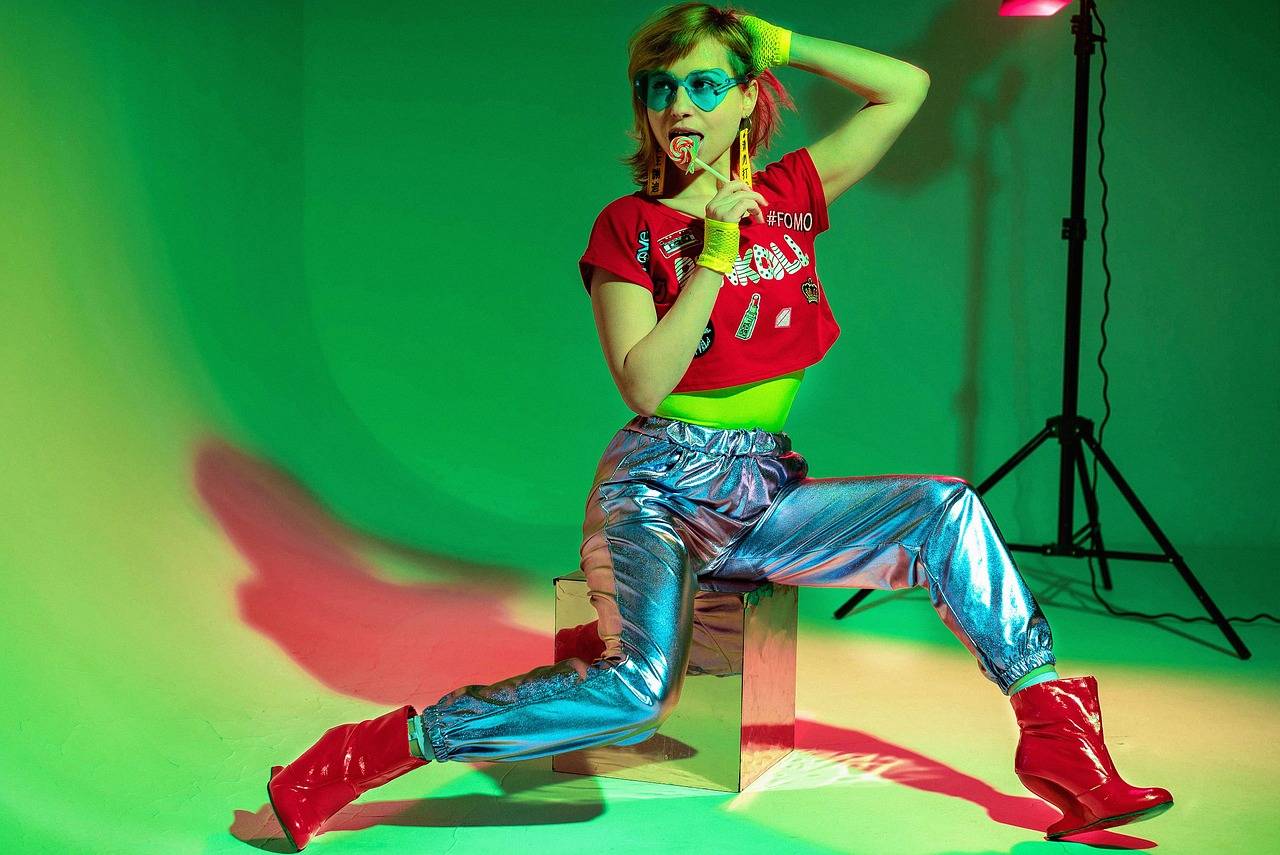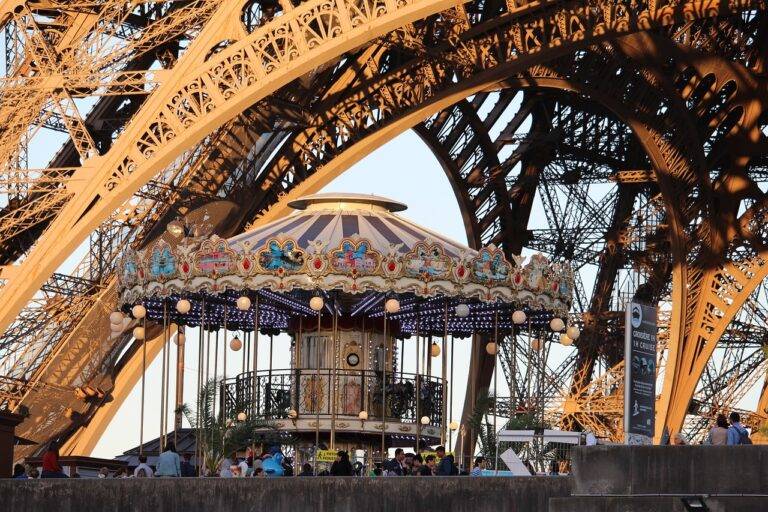The Evolution of Special Effects Makeup: Prosthetics, Creature Design, and Realism
Special effects makeup dates back to the early days of cinema when filmmakers began experimenting with different techniques to enhance the visual impact of their films. In the silent film era, pioneers like Lon Chaney became known for their transformative makeup applications that brought characters to life on the screen in ways never seen before. Chaney’s work in films like “The Phantom of the Opera” set a high standard for the art of special effects makeup that continues to influence the industry today.
As the film industry evolved, so did the techniques and materials used in special effects makeup. The transition to sound films in the late 1920s brought new challenges and opportunities for makeup artists to create realistic effects that could withstand the scrutiny of the camera and audiences. Innovations in makeup products and prosthetic materials allowed artists to push the boundaries of what was possible, laying the foundation for the groundbreaking work that would define the golden age of Hollywood special effects makeup.
The Influence of Classic Horror Films
The impact of classic horror films on the world of special effects makeup cannot be overstated. Movies such as “Dracula” and “Frankenstein” set the stage for the use of prosthetics and makeup to create terrifying creatures that would haunt audiences for generations. These films paved the way for makeup artists to experiment and push the boundaries of what was possible in terms of transforming actors into believable monsters.
Icons like Lon Chaney Sr., also known as “The Man of a Thousand Faces,” became synonymous with creating elaborate and groundbreaking makeup effects that brought characters like the Phantom of the Opera to life. The intricate detailing and realism of these makeup transformations added a new dimension to storytelling in horror films, captivating audiences with their ability to instill fear and awe simultaneously. The influence of these classic horror films reverberates through the industry to this day, serving as a foundation for the evolution of special effects makeup.
Advancements in Prosthetic Technology
Advancements in prosthetic technology have revolutionized the field of special effects makeup in the film industry. With the development of cutting-edge materials and techniques, makeup artists are now able to create incredibly lifelike prosthetics that seamlessly blend with an actor’s skin. These advancements have allowed for unprecedented levels of realism in bringing fantastical creatures and characters to life on screen.
Furthermore, the use of prosthetics in film has expanded beyond just creating monsters and aliens. Prosthetic technology is now employed to age actors, change their features, or even alter their entire appearance. This level of detail and precision would not have been possible without the continuous innovations in prosthetic technology in recent years.
What are some of the early advancements in prosthetic technology?
Some of the early advancements in prosthetic technology can be traced back to the development of special effects makeup in the film industry.
How did classic horror films influence the development of prosthetic technology?
Classic horror films played a significant role in pushing the boundaries of prosthetic technology, as filmmakers sought to create realistic and terrifying special effects for their characters.
What are some of the recent advancements in prosthetic technology?
Recent advancements in prosthetic technology include the use of 3D printing to create custom-fitted prosthetics, as well as the development of advanced materials that mimic the look and feel of real skin and tissue.
How has prosthetic technology evolved over the years?
Prosthetic technology has evolved from simple cosmetic enhancements to advanced, functional prosthetics that can significantly improve the quality of life for individuals with limb loss or other physical disabilities.





